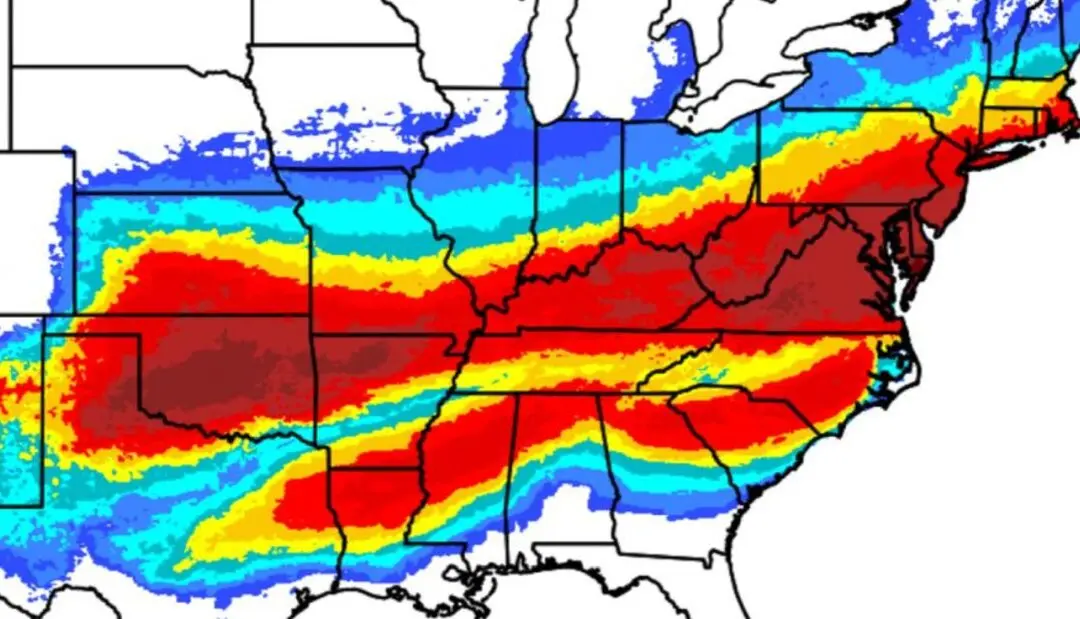Unusual seismic waves rippled across the world earlier this month, triggering speculation about their cause.
The waves started Nov. 11 about 15 miles off the coast of Mayotte, a French island in the Indian Ocean near Madagascar and the African continent, before it went across Africa and pinged sensors in Ethiopia, Zambia, Kenya, and elsewhere. Then, it went across the Atlantic Ocean, hitting Chile, Canada, Hawaii, New Zealand, and other areas, according to National Geographic.




